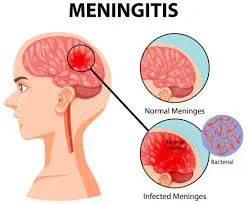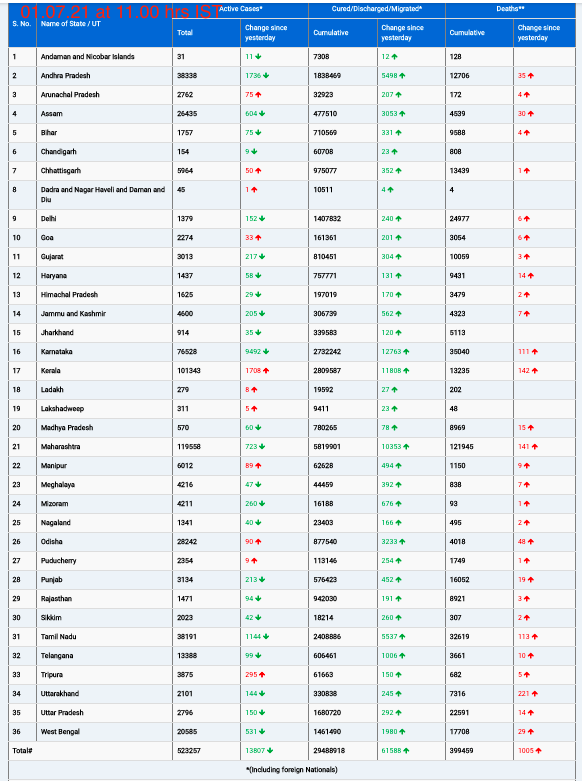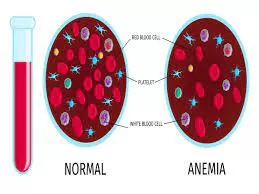
A new epidemiological study reveals a disheartening reality for children battling bacterial meningitis, as one in three of those affected is left with permanent neurological disabilities due to the infection. The study, published in JAMA Network Open, sheds light on the severe consequences of bacterial meningitis, a rare yet profoundly serious infection that can affect individuals of all ages but is particularly prevalent in newborns, children, adolescents, and the elderly.
The primary culprit behind bacterial meningitis, pneumococcus (Streptococcus pneumoniae), is also a major contributor to bacterial respiratory infections such as pneumonia, otitis, and sinusitis. These respiratory infections disproportionately impact the youngest and oldest members of society, further emphasizing the vulnerability of these age groups to bacterial meningitis.
While bacterial meningitis was once considered fatal if left untreated, modern medicine has equipped us with antibiotics capable of curing the infection. However, a significant challenge lies in the fact that antibiotics struggle to penetrate the blood-brain barrier efficiently. Consequently, the time it takes to combat the infection becomes a critical window during which nerve cells may sustain damage, leading to permanent neurological impairments. Compounding the issue, the constant threat of antibiotic resistance looms in clinical settings.
The study, drawing on data from the Swedish quality register on bacterial meningitis spanning from 1987 to 2021, examined over 3,500 individuals who contracted bacterial meningitis as children. These cases were compared with more than 32,000 matched controls from the general population.
Results from the study underscore the lasting impact of bacterial meningitis on neurological health. Those diagnosed with the infection consistently exhibited a higher prevalence of neurological disabilities, encompassing cognitive impairment, seizures, visual or hearing impairment, motor impairment, behavioral disorders, or structural damage to the head.
The risk of structural head injuries was found to be 26 times higher, hearing impairment nearly eight times higher, and motor impairment almost five times higher among those with bacterial meningitis compared to the control group. Alarmingly, one in three individuals affected by bacterial meningitis experienced at least one neurological impairment, compared to one in ten among the control group.
Associate Professor Federico Iovino, specializing in Medical Microbiology at the Department of Neuroscience, Karolinska Institutet, expressed concern over the findings. “This shows that even if the bacterial infection is cured, many people suffer from neurological impairment afterward,” said Iovino. However, he offered a glimmer of hope, stating, “We are trying to develop treatments that can protect neurons in the brain during the window of a few days it takes for antibiotics to take full effect. We now have very promising data from human neurons and are just entering a preclinical phase with animal models. Eventually, we hope to present this in the clinic within the next few years.”
As research continues, the aim is to not only cure bacterial meningitis but also mitigate the long-lasting consequences that cast a shadow over the lives of those affected, especially the vulnerable pediatric population.











